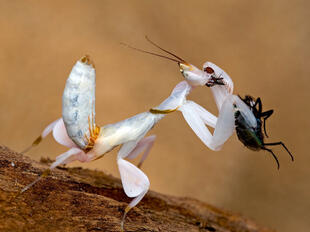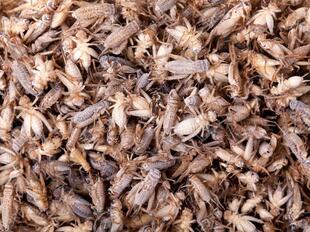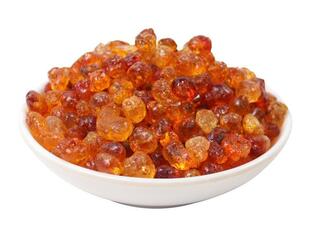
Southern screamer, orCrested screamer(Chauna torquata)
Phylum —chordata
Class — aves
Order — anseriformes
Family —anhimidae
Genus –chauna
Appearance
The southern screamer averages 81–95 cm (32–37 in) long and weighs 3–5 kg (6.6–11.0 lb). They are the heaviest, although not necessarily the longest, of the three screamers. The wingspan is around 170 cm (67 in).
The southern screamer may look ungainly at first glance, with its big body, disproportionately small head, and thick legs. But this large, gray marsh bird, closely related to geese and other waterfowl, is actually a strong swimmer and flier.
Habitat
It is found in southeastern Peru, northern Bolivia, Paraguay, southern Brazil, Uruguay and northern Argentina.
Behavior
The southern screamer is a good swimmer, having partially webbed feet, but prefers to move on the ground. The bony spurs on its wings are used for protection against rival screamers and other enemies. Although it is non-migratory, it is an excellent flier.
It lives in large flocks, feeding on the ground in grasslands and cultivated fields until nesting season, when birds pair off.
Their unfussy diet makes them amenable to domestication and they make excellent guard animals due to their loud screams.
Diet
Its diet consists of plants stems, seeds, leaves, and, rarely, small animals.
Reproduction
The southern screamer establishes monogamous relationships that last its lifetime, estimated to be 15 years. Courtship involves loud calling by both sexes, which can be heard up to two miles away. For the nest the couple makes a big platform of reeds, straws, and other aquatic plants in an inaccessible place near water. The female lays between two and seven white eggs. The couple share incubation, which takes 43 to 46 days. Chicks leave the nest as soon as they hatch, but the parents care for them for several weeks. The fledging period takes 8 to 14 weeks.
Incaptivity
It is necessary to have a sufficiently spacious dry and well-ventilated insulated room. An area of 2-3 sq. m. is enough for one bird. The floor must be lined with sawdust or chopped hay. The room should be equipped with feeders, drinkers, places for nests. Be sure to have an outlet for walking. In order to avoid the presence skin parasites in the room, it is recommended to put a container with sand and ash every 2 weeks. In the warm season, the bird can be left outside for the night. Despite the fact that birds tolerate cold well (up to -10 oC), the indoor temperature should not be lower than +10oC. It is mandatory to have a shallow reservoir nearby.
These birds willingly consume food all day long. Therefore, food and water should be left overnight. For high-quality feeding it is necessary to use grass, which is plentiful in summer and birds can have it on pastures. In winter – steamed hay from alfalfa, clover, nettle, prepared before their flowering. Bran and grain (wheat and corn) are given as food. Dry food is also given, where various root vegetables and vegetables (beets, pumpkins, carrots, potatoes, etc.) are added. You can give to the birds different berries in the ground form: viburnum, mountain ash, rosehip, hawthorn.
 Russian
Russian
 English
English
























